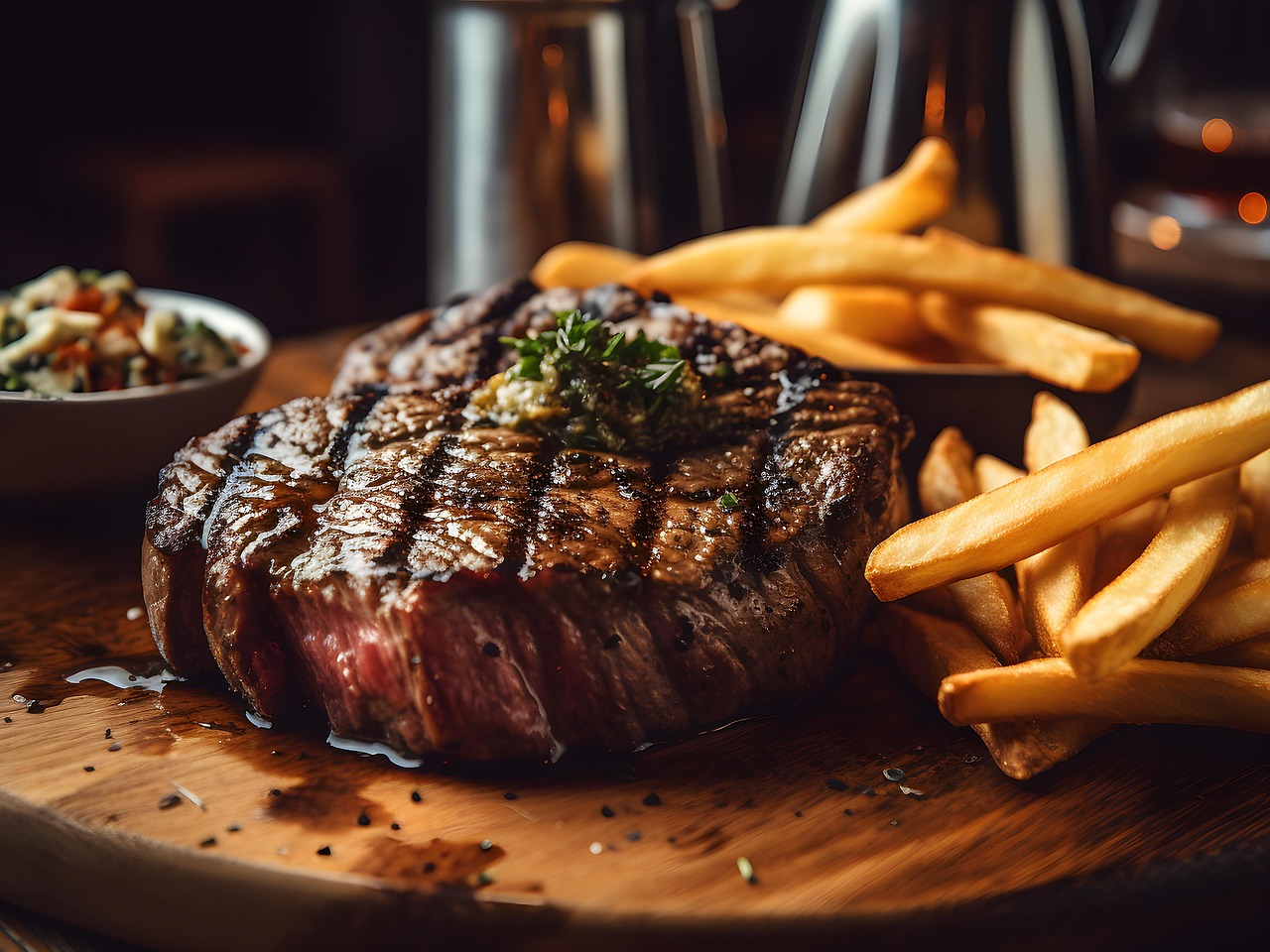Combating Food Fraud with Blockchain Technology: Challenges and Opportunities

Brief news summary
Food fraud causes up to $50 billion in annual losses and endangers consumer health by misrepresenting food quality, such as diluting olive oil or contaminating milk with harmful substances like melamine. Defined by the UN as intentional deception, it erodes consumer trust and harms honest producers. Blockchain technology presents a promising solution by enabling transparent, immutable tracing of food from farm to table. Retailers like Walmart have employed blockchain to swiftly identify contamination sources, deterring fraud. However, implementing blockchain is complex and costly, requiring investments in hardware, software, sensors, and training. Its success relies on accurate data input and addressing challenges like system vulnerabilities, data privacy, and regulatory issues. Pilot projects by companies such as TE-Food and Provenance, alongside regulatory initiatives in the EU and Asia, foster gradual adoption. Focusing first on select products or regions helps demonstrate blockchain’s benefits and encourages wider acceptance. Combined with advanced technologies, industry collaboration, and supportive policies, blockchain holds strong potential to significantly reduce food fraud and protect consumers globally.An increasing number of experts warn that food fraud quietly siphons off up to $50 billion annually from the global food industry, posing serious health risks to consumers as well. Industry insiders suggest that blockchain technology could be a solution to prevent counterfeit and adulterated products. However, deploying such systems throughout complex supply chains requires substantial investment and careful strategy. The Impact of Food Fraud Food fraud involves deceiving buyers about the contents of their food. It ranges from mixing inexpensive oils into olive oil to adding hazardous substances like melamine to milk. For instance, a 2008 milk scandal in China reportedly caused illness in over 300, 000 infants. Defined by the UN Food and Agriculture Organization, food fraud is the intentional act of misleading consumers regarding the quality or ingredients of purchased food. Although food fraud represents only a small portion of the $12 trillion food sector, its economic impact rivals that of a country like Malta. Consumer trust diminishes, brands suffer, and even legitimate farms and shops face repercussions during fraud scandals. Recent instances of food fraud have been documented across Asia and the Pacific. (Source: FAO) Blockchain Enhances Transparency Blockchain operates as a public ledger where every supply chain step is recorded and secured. Walmart, for example, has used Hyperledger Fabric to trace pork in China and mangoes in the US, reducing tracking time from days to seconds. This allows immediate identification of contaminated products entering the supply chain. Once entered, data on the blockchain cannot be altered or deleted, providing consumers and inspectors with an unchangeable record from farm to fork. Tech experts believe that such transparency deters fraudsters who depend on secrecy. Authorities describe food fraud as the intentional misrepresentation of food products—whether by adding cheaper ingredients, substituting inferior items, or falsifying labels—to deceive consumers for financial gain. (Image: Gemini. ) Challenges of Cost and Complexity However, implementing blockchain solutions is neither cheap nor simple. Companies face costs for software, hardware, training, and sensors needed to input data into the blockchain.
Faulty or tampered devices can compromise data integrity. Oracles connecting real-world events to the blockchain are vulnerable to hacking. Additionally, some businesses hesitate to share detailed information due to competitive concerns. Regulations regarding blockchain and food traceability remain unclear in many regions. Coordinating all players—from farmers and shippers to retailers—requires significant time and financial resources. Estimates suggest that launching a large-scale system can cost millions of dollars for major stakeholders. Advancing Adoption Organizations like TE-Food and Provenance, along with industry groups, are conducting pilot projects involving farmers, distributors, and retailers to test blockchain applications. Training programs are in progress. Certain governments in the EU and Asia are discussing clearer regulations on food traceability. Experts recommend beginning with small-scale projects focused on specific products or regions to demonstrate value quickly. Successful pilots could encourage wider participation. Looking Forward Food fraud persists as a significant challenge. While tools like blockchain offer real potential to combat it, they carry steep costs. Effective use of blockchain requires addressing weaknesses in cold-chain monitoring, bridging data silos, and establishing regulatory clarity. Investment in reliable sensors, secure oracles, and strong collaborations is essential. When these elements align, blockchain could substantially reduce food fraud. Until then, protecting consumers and securing the food supply remains a demanding endeavor. Featured image courtesy of SafeFood; chart sourced from TradingView.
Watch video about
Combating Food Fraud with Blockchain Technology: Challenges and Opportunities
Try our premium solution and start getting clients — at no cost to you

I'm your Content Creator.
Let’s make a post or video and publish it on any social media — ready?
Hot news

AI Video Content Moderation Tools Combat Online H…
Social media platforms are increasingly employing artificial intelligence (AI) to improve their moderation of video content, addressing the surge of videos as a dominant form of online communication.

US revisits its export curbs on AI chips
POLICY REVERSAL: After years of tightening restrictions, the decision to permit sales of Nvidia’s H200 chips to China has sparked objections from some Republicans.

AI was behind over 50,000 layoffs in 2025 — here …
Layoffs driven by artificial intelligence have marked the 2025 job market, with major companies announcing thousands of job cuts attributed to AI advancements.

Perplexity SEO Services Launched – NEWMEDIA.COM L…
RankOS™ Enhances Brand Visibility and Citation on Perplexity AI and Other Answer-Engine Search Platforms Perplexity SEO Agency Services New York, NY, Dec

Eric Schmidt's family office invests in 22 AI sta…
An original version of this article appeared in CNBC's Inside Wealth newsletter, written by Robert Frank, which serves as a weekly resource for high-net-worth investors and consumers.

Future of Marketing Briefing: Why 'just good enou…
Headlines have focused on Disney’s billion-dollar investment in OpenAI and speculated why Disney chose OpenAI over Google, which it is suing over alleged copyright infringement.

Salesforce Data Reveals AI and Agents Drive Recor…
Salesforce has released a detailed report on the 2025 Cyber Week shopping event, analyzing data from over 1.5 billion global shoppers.
AI Company
Launch your AI-powered team to automate Marketing, Sales & Growth

and get clients on autopilot — from social media and search engines. No ads needed
Begin getting your first leads today








